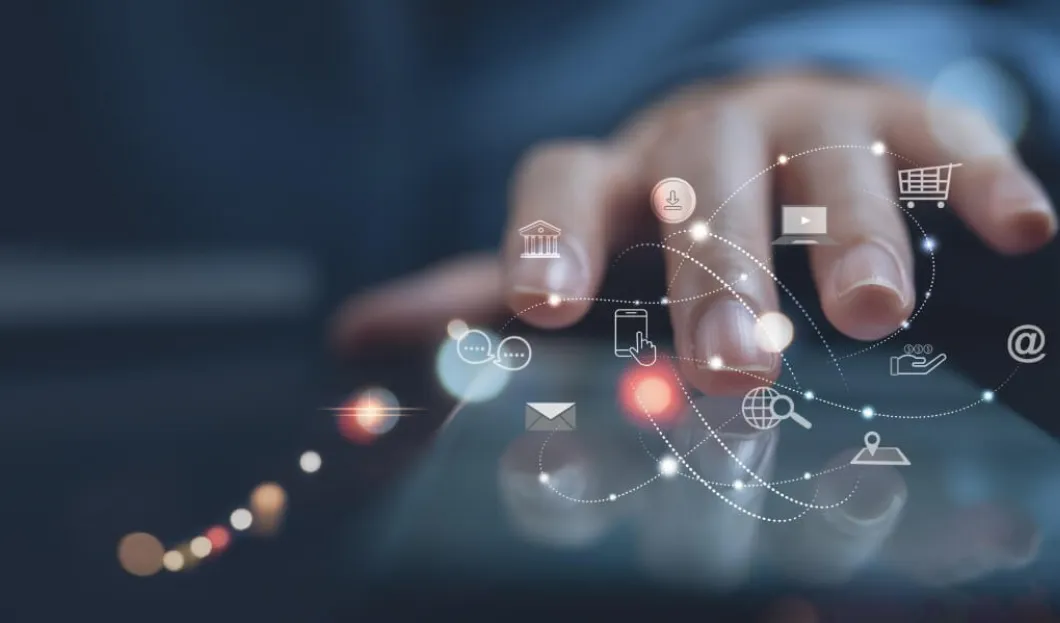
Year after year, the Internet of Things (IoT) is fundamentally transforming the tourism sector by profoundly changing the way different internal processes work. On the one hand, IoT tourism allows for improved management of revenues and operating expenses. On the other hand, it allows for greater automation and enrichment of the customer experience.
More and more present at home, the IoT is gradually invading the professional world. Printers, computers and other products are already becoming intelligent.
But, while many industries can benefit from IoT technology today, the travel and tourism industry is undoubtedly the best positioned to take full advantage of all these benefits. It's easy to see why the Internet of Things (IoT) is one of the major technological challenges facing this sector.
What Is the IoT About?
IoT is a generic term referring to any system of computing devices or machines connected to each other via a wireless network.
Ultimately, the IoT encompasses all devices and appliances equipped with network connectivity that allow them to interact with each other and receive and share huge amounts of data about their users. This can range from an interconnected home automation system through autonomous vehicles to smart cities with hundreds of different interconnected objects.
IoT Tourism: Opportunities for Tourism Stakeholders
As the world leader in tourism, Europe welcomes nearly 800 million tourists every year. To keep this position, tourism professionals must constantly innovate their offers and adapt to the needs of new traveler profiles. We are talking in particular about mobile users and for example digital nomads.
With this in mind, new disruptive technologies such as artificial intelligence, IoT and distributed ledger technology (DLT) are among the trends not to be missed.
In this case, the use of smart devices allows the automation of various processes in hotels and their rooms or even in airplanes. To a large extent, IoT tourism allows the generation of what is commonly known as smart destinations.
These high-complexity destinations increase competitiveness. And this, while improving the efficiency of marketing processes as well as production processes. All this, while enabling the sector's professionals to achieve their goal of sustainable development.
Meanwhile, the IoT offers tourists more control and a better customer experience than ever before. This, by optimizing their customer journey and offering them the information they need in real-time on their mobile device.
In addition, IoT tourism allows for a better understanding of the visitor's needs. Indeed, as a communication channel in its own right, connected objects can collect and retrieve exploitable data from the customer's own connectivity. This data can then help professionals in the sector to improve the decision-making processes of each actor thanks to Big Data.
In fact, the tourism IoT enables the implementation of more intelligent and productive strategies, notably by allowing the prediction of future scenarios. And this, for the entire value chain of the tourist destination.

IoT Applications for Tourism
Although one of the best-known applications of IoT remains home automation in the context of smart hospitality, IoT in tourism and travel is not only focused on the development of the "connected room". Indeed, tourism IoT can improve business uses. In the tourism industry, IoT can be used in the following ways, among others:
Customization
Tourism IoT enables a higher level of personalization in hotels and on flights. Among other things, IoT allows customers to have better control and access to different services via a centralized device or their own mobile device. In addition, with IoT, tourism establishments can allow the customer to connect all their connected devices to the WiFi network. They will then be able to treat themselves to a home-like experience.
The Intelligent Journey
Thanks to IoT tourism, it is also possible to streamline the customer experience as much as possible. And this is true in all areas of the travel industry. On the one hand, in airports, smart sensors can directly send an alert to passengers' mobile devices. And when their luggage is nearby. This allows them to locate it more quickly.
On the other hand, in hotels, IoT enables a more seamless check-in process. This, in particular, by allowing guests to check-in automatically from their smartphones. And this, without them needing to stop at the front desk. A process made possible by electronic key cards sent directly to customers' smartphones.
In restaurants, sensors can alert restaurant staff to the arrival of a customer and automatically provide the correct table number.
Intelligent Energy Consumption
Optimizing energy consumption is a major environmental and financial issue for the tourism sector. And it is now possible thanks to IoT devices. Indeed, if connected objects can improve customization, they also allow companies to reach their energy-saving objectives. This is thanks to predictive maintenance.
In hotels, for example, the new systems allow for continuous room temperature control. This optimizes energy costs by ensuring that the heating only runs when it is really needed. The same principle can be applied to lighting. In particular, IoT technology can be used to automatically adjust the brightness of light bulbs. This, according to the intensity of natural light.
Location Data
Thanks to the tourism IoT, travel industry professionals can also gather valuable information about the location of customers and send them specific information. This, at the most opportune time and according to their location.
Maintenance and Repairs
Finally, the IoT can also be used to enable the devices themselves to perform their role well. This is done by providing vital real-time information about their current state and operating condition. A significant benefit that allows devices to be repaired or replaced at the right time.
IoT Tourism Sum Up
Of course, while IoT technology offers a myriad of advantages to tourism professionals, integrating it into one's establishment does not mean simply equipping oneself with connected objects. We must not forget that the strength of IoT lies above all in the interconnection of the various connected objects and the interaction between them.









